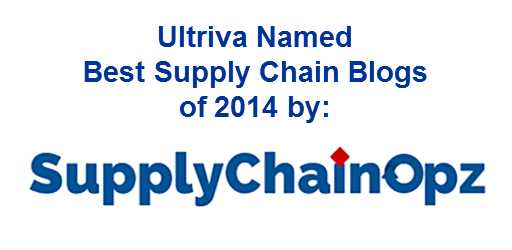For many years, Information Technology (IT) executives in manufacturing firms have been looking to their Enterprise Resource Planning (ERP) systems to help improve the operational and financial performance of their organizations. And why not, they’ve spent hundreds of thousands to millions of dollars on software licensing, a year or more implementing these systems and more than a few sleepless nights applying patches and updates from their ERP vendors. However, most of their efforts have been disproportionately focused on back office processes due to the inherent shortcomings of ERP systems to address the business requirements of manufacturing processes inside the four walls of the plant.
looking to their Enterprise Resource Planning (ERP) systems to help improve the operational and financial performance of their organizations. And why not, they’ve spent hundreds of thousands to millions of dollars on software licensing, a year or more implementing these systems and more than a few sleepless nights applying patches and updates from their ERP vendors. However, most of their efforts have been disproportionately focused on back office processes due to the inherent shortcomings of ERP systems to address the business requirements of manufacturing processes inside the four walls of the plant.
Enter globalization and with it an entirely new set of challenges ranging from increased competition from low cost providers to complex supply chains that span the globe to inaccurate sales forecasts – challenges that go well beyond the capabilities of ERP systems. Add to that increasing pressure from corporate and senior executives to reduce costs and improve profitability, while at the same time working with constrained IT budgets, and you have the makings of a perfect storm.
Factors Driving the Need for ERP Update or Change
- Increased competition from low cost providers
- Complex, global supply chains
- Inaccurate sales forecasts
- Increased pressure to reduce costs and improve profitability
These same IT executives are once again looking to their existing ERP systems and vendors for solutions. The trouble is their search is coming up short. Unwilling or financially unable to go through a major ERP system upgrade or, worse yet, a total system replacement that may or may not address their supply chain needs, they are searching for alternative strategies to address this new set of challenges.
ERP Upgrades or Change Risks
- Too costly
- Limited or unproven functionality to address new and changing business needs
- High probability of implementation delays
- Ballooning IT deployment costs
- Lack of IT and manufacturing resources to support the deployment
- Unplanned plant shutdowns on go-live resulting in loss of revenue
- Unrealized project savings
For manufacturing companies that have an amalgamation of two or more ERP systems deployed across multiple locations, the projected costs and potential problems can quickly become overwhelming.
SaaS Supply Chain Execution Solutions – A WIN|WIN Solution for Manufacturers and Their Supply Chain Partners
SaaS (software-as-a-service based Supply Chain Execution SCE soutions) are perfectly positioned to play a major role in addressing the twin challenges of increasing supply chain complexity and constrained IT budgets. SaaS SCE modules (a.k.a. plug-ins) accomplish this by quickly and cost effectively adding comprehensive web-based supply chain execution functionality to existing ERP solutions, while at the same time leveraging and extending investments corporations have made in their line-of-business systems. Major benefits to manufacturing firms include quantifiable improvements in supply chain process efficiency and effectiveness, a single-version-of-the-truth of supplier and supply chain performance, and improved collaboration with their supply chain partners. SaaS SCE solutions also offer functionality to support multiple material replenishment methodologies from MRP forecast to pull-based replenishment enabled by integrated eKanban functionality.
A recent Forrester survey shows that 51% of firms plan to increase spending on software-as-a-service, while only 9% plan to decrease spend. As a result large ERP vendors are starting to respond by acquiring SaaS solution companies in order to prevent eroding market share. SAP announced plans to purchase leading cloud based business execution application provider Success Factors for $3.4B, or 52 percent more than its value before the offer. Six weeks before that, rival Oracle snagged RightNow Technologies Inc. for $1.5 billion. IBM has also announced plans to buy DemandTec for $13.20 a share, a 57% premium, in a push to bolster its cloud offerings for business users.
While this is a positive trend, recent moves by major ERP system vendors will do nothing for manufacturing firms looking for new and better ways to manage their supply chains as all of the aforementioned acquisitions are, once again, focused on back office support processes. Savvy IT executives need to look elsewhere for SaaS SCE solutions. Request a demo if you are interested in learning more about SaaS SCE solutions that will quickly and cost effectively improve the performance of your supply chain, while extending the life of your ERP system.



